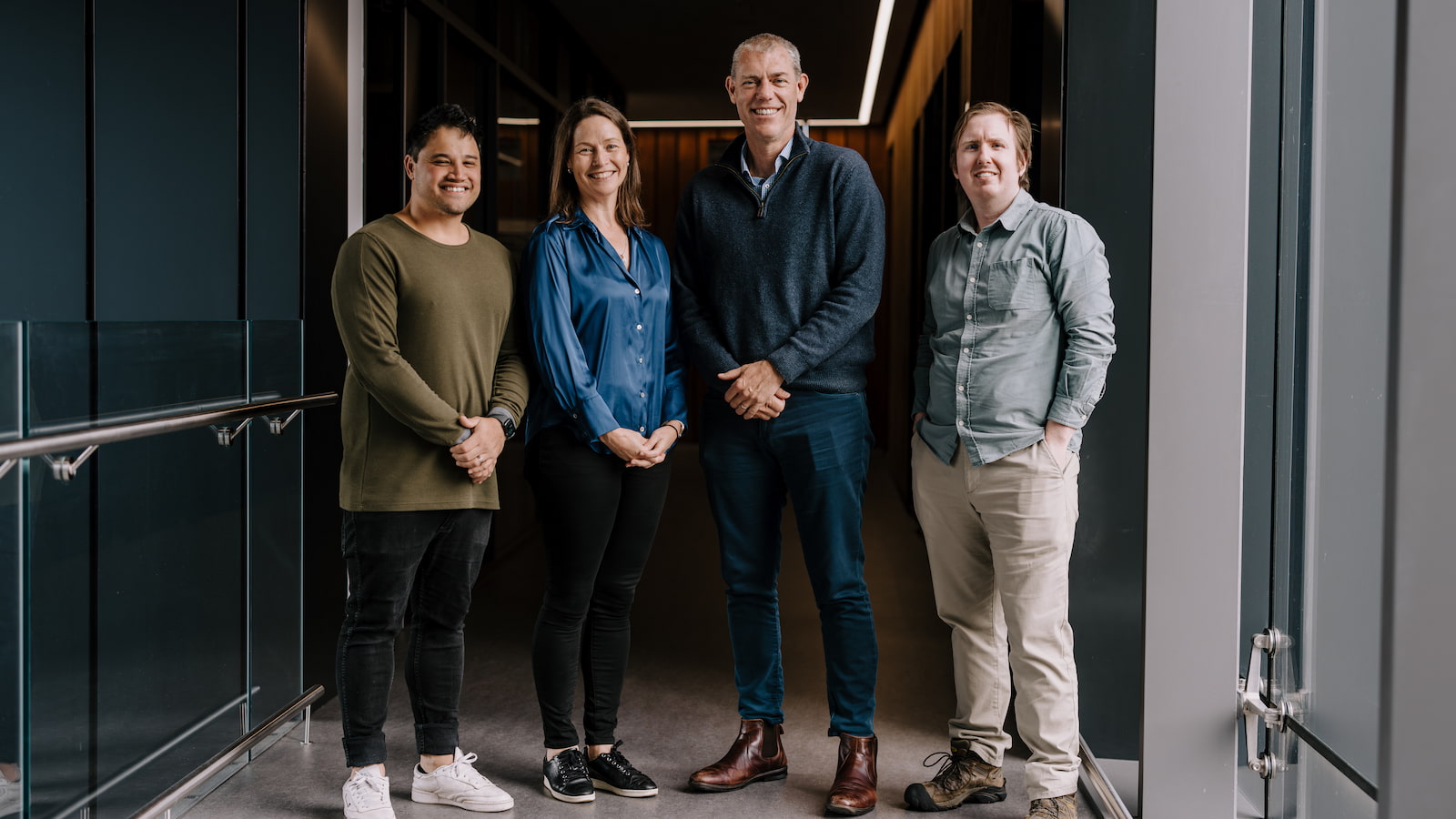World-first discovery removes toxic proteins before they can damage motor neurones
University of Wollongong (UOW) scientists have developed a breakthrough therapy that clears toxic proteins from nerve cells – a world-first discovery that advances the work of the late Professor Justin Yerbury and could transform the treatment of Motor Neurone Disease (MND).
The proof-of-concept study, published today (Tuesday 11 November) in Nature Communications and led by Dr Christen Chisholm from UOW's Molecular Horizons, unveils a therapeutic designer molecule, MisfoldUbL, that targets and removes toxic misfolded SOD1 (superoxide dismutase 1) proteins from cells. SOD1 is an antioxidant enzyme that plays a crucial role in protecting cells from damage caused by superoxide radicals About 35 per cent of people with inherited MND in Australia have SOD1 gene mutations that cause more frequent misfolding.
"In MND, proteins misfold more frequently and the cell's degradation systems become overwhelmed and stop working properly. The misfolded protein can then accumulate, forming clumps or 'aggregates' and over time, this accumulation damages and eventually kills motor neurons, leading to gradual muscle weakness, paralysis and death," Dr Chisholm said.
"We wanted to design a therapy that could help the cells get rid of harmful misfolded SOD1 before it could accumulate into aggregates. To do this we needed a way to identify the misfolded protein in the sea of cellular proteins. Once identified, we needed a way to feed misfolded SOD1 into the cell's degradation systems."
Developed with industry partner ProMIS Neurosciences, Misfold UbL acts like a protein recycling tag. It attaches to misfolded SOD1 proteins and directs the cell's waste-disposal system to break them down before they form clumps. In tests on mice, the treatment slowed symptom development, protected motor neurones in the spinal cord and preserved muscle connections compared to untreated animals.
The project was initially led by the late Professor Justin Yerbury, who received a $1 million FightMND Drug Development Grant in 2020. Professor Yerbury, who lost his own battle with MND in 2023, was a carrier of the SOD1 gene mutation and dedicated much of his career to understanding its role in the disease's development and progression. Early in her PhD, Dr Chisholm took the helm of this project following Professor Yerbury's death.

Dr Chisholm, a former high school science teacher, had been friends with Professor Yerbury for many years. A mother of three young children, she was inspired by Professor Yerbury to change careers and join his lab to help him continue his research following his MND diagnosis.
"This research is the result of years of dedicated effort by many amazing scientists, all inspired by Justin and driven to advancing our understanding of MND and how to treat it," Dr Chisholm said. "I am especially honoured that Justin entrusted his idea to me to develop and I'm so proud and grateful to all the people who helped me bring his idea to fruition.
"This incredibly important research was funded by donations through FightMND and wouldn't have happened without the support of people who contribute their hard-earned money in the hope that we can make progress in the fight against this devastating disease."
The project was undertaken by researchers from UOW's Yerbury Lab in collaboration with renowned MND researcher, Professor Neil Cashman.
About the research
'Development of a targeted BioPROTAC degrader selective for misfolded SOD1', by Christen G. Chisholm, Rachael Bartlett, Mikayla L Brown, Emma-Jayne Proctor, Natalie E Farrawell, Jody Gorman, Fabien Delerue, Lars M Ittner, Kara L Vine-Perrow, Heath Ecroyd, Neil R Cashman, Darren N Saunders, Luke McAlary, Jeremy S Lum and Justin J Yerbury, was published in Nature Communications: https://www.nature.com/articles/s41467-025-65481-w






